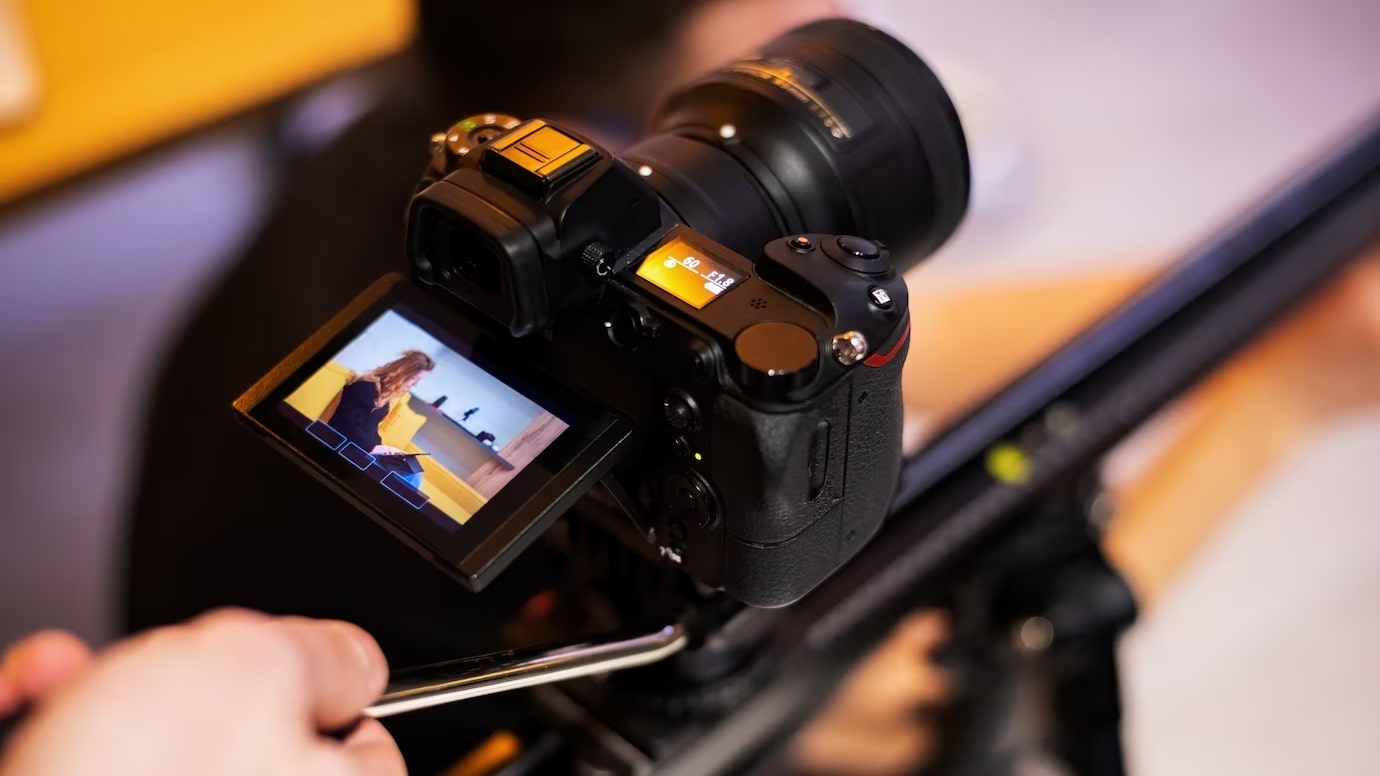From promotional ads to educational tutorials, videos have become an integral part of our online experience. However, diving into the world of video production can be daunting, especially when it comes to budgeting.
Key Components of a Video Production Budget
Budgeting for video production is not a one-size-fits-all process. It involves various components, each with its own set of expenses:
- Pre-production: This is the planning phase. Costs can include scriptwriting, storyboarding, location scouting, and selecting your cast and crew. Remember, a well-planned video can save you money in the long run.
- Production: This is where the magic happens. Your main expenses here will be the number of filming days and locations, equipment rental (think cameras, lighting, and audio), crew salaries, and talent fees. It’s essential to get a clear estimate of these costs to avoid any surprises.
- Post-production: Once filming wraps up, your video moves to the editing room. Budget for editing, color correction, sound design, music licensing, and any visual effects or graphics. Don’t skimp on this phase; post-production can make or break your video production.
- Distribution and Marketing: Once your video is ready, it’s time to share it with the world. Factor in any platform fees, promotion costs, and other distribution expenses. After all, what’s the point of a fantastic video if no one sees it?
Factors That Can Influence Your Budget
Several factors can sway your video production budget:
- Video Quality: Naturally, a 4K video will cost more than an HD one. Decide early on the quality you’re aiming for.
- Location: Filming locally is generally cheaper than going international. Also, on-location shoots can be pricier than studio ones.
- Talent: A well-known actor or influencer will command higher fees than an up-and-comer.
- Special Effects: Specialized equipment like drones or CGI can add to your costs.
- Duration: A longer video will generally be pricier due to increased filming and editing time.
- Licensing and Rights: Always budget for music, stock footage, and other copyrighted materials.
Tips to Save Money Without Compromising Quality
Budget constraints? No problem! Here are some savvy ways to save on video production costs:
- Stock Footage: Instead of filming everything from scratch, consider using stock footage for some scenes.
- Multi-skilled Crew: Hiring someone who can direct and edit, for instance, can be cost-effective.
- Online Platforms: Use free or affordable online platforms for distribution.
- Collaborations: Partner with local businesses or sponsors to share costs.
- Royalty-free Music: Opt for royalty-free tracks or collaborate with emerging artists for a unique score.
Common Mistakes to Avoid
When budgeting for video production, steer clear of these pitfalls:
- Ambiguous Budget: Always set a clear budget from the outset.
- Overlooking Hidden Costs: Factor in all potential expenses, including travel and permits.
- Neglecting Post-production: Always allocate sufficient funds for this crucial phase.
- No Contingency Fund: Unexpected expenses can and will pop up. Be prepared.
- Compromising on Quality: Remember, your video represents your brand. Don’t cut corners that will affect its quality.
Conclusion
Budgeting for video production doesn’t have to be a headache. With careful planning, understanding the key components of a video budget, and being aware of potential pitfalls, you can create a stellar video without breaking the bank.
